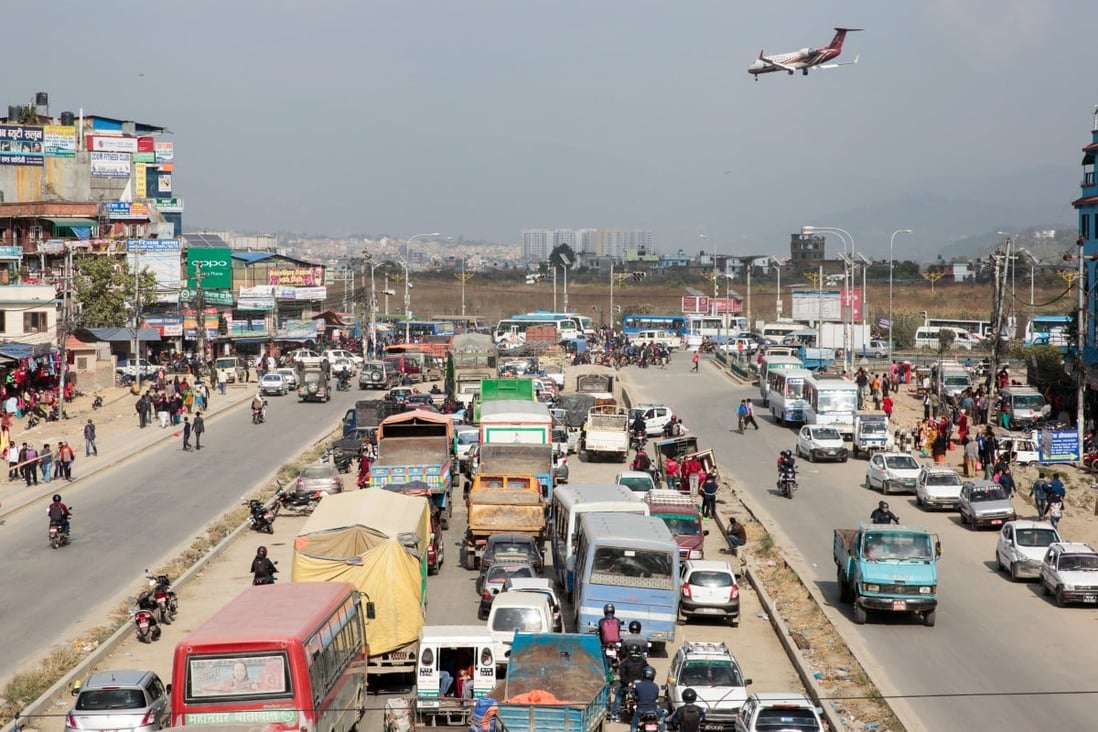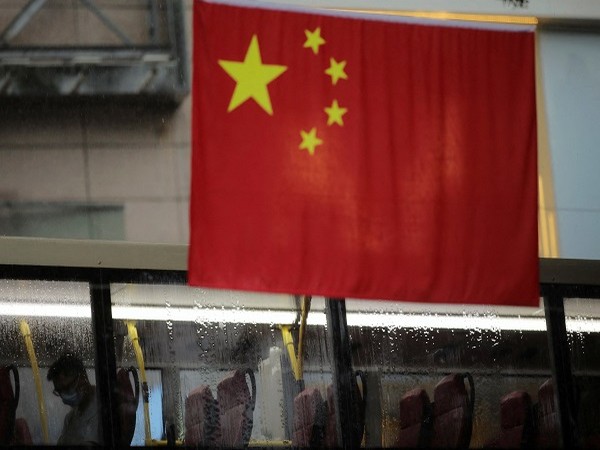China’s zero-Covid policy is proving a major obstacle to the resumption of two-way trade with Nepal, with border closures causing a sharp decline in Nepalese exports to the world’s No 2 economy and losses for merchants.
China has kept its borders tightly sealed even as much of the world has reopened over the past year, leaving a backlog of trucks and mounds of rotting fruit stuck at some checkpoints it shares with neighbouring countries, such as Vietnam and Myanmar.
Nepal’s 1,389km-long border with China, including the two main crossings at Rasuwagadhi-Gyirong and Tatopani-Zhangmu, has been closed to the country’s exporters for the past two years, though a trickle of Chinese goods has been allowed to flow the other way.
Most of Nepal’s exports are snapped up by India, so the Chinese market is not considered critical. But the border restrictions have severely disrupted bilateral trade, stoked business uncertainty and affected indigenous communities and farmers who rely on cross-border commerce for their livelihoods, experts say.

Traffic moves along a road in Nepal’s capital Kathmandu. Photo: Bloomberg
China’s zero-Covid policy is proving a major obstacle to the resumption of two-way trade with Nepal, with border closures causing a sharp decline in Nepalese exports to the world’s No 2 economy and losses for merchants.
China has kept its borders tightly sealed even as much of the world has reopened over the past year, leaving a backlog of trucks and mounds of rotting fruit stuck at some checkpoints it shares with neighbouring countries, such as Vietnam and Myanmar.
Nepal’s 1,389km-long border with China, including the two main crossings at Rasuwagadhi-Gyirong and Tatopani-Zhangmu, has been closed to the country’s exporters for the past two years, though a trickle of Chinese goods has been allowed to flow the other way.
Most of Nepal’s exports are snapped up by India, so the Chinese market is not considered critical. But the border restrictions have severely disrupted bilateral trade, stoked business uncertainty and affected indigenous communities and farmers who rely on cross-border commerce for their livelihoods, experts say.
https://youtube.com/watch?v=1dnFk3vc9Dw%3Frel%3D0%26mute%3D1%26playsinline%3D1%26frameborder%3D0%26autoplay%3D0%26origin%3Dhttps%253A%252F%252Fwww.scmp.com%26embed_config%3D%257B%2522relatedChannels%2522%253A%255B%2522UC4SUWizzKc1tptprBkWjX2Q%2522%255D%252C%2522enableIma%2522%253Atrue%252C%2522disabledRelatedVideos%2522%253Atrue%252C%2522adsConfig%2522%253A%257B%2522disableAds%2522%253Atrue%252C%2522adTagParameters%2522%253A%257B%2522iu%2522%253A%2522%252F8134%252Fscmp%252Fweb%252Feconomy_chinaeconomy%252Farticle%252Finstream1%2522%257D%252C%2522nonPersonalizedAd%2522%253Atrue%257D%257D%26enablejsapi%3D1%26widgetid%3D1
Nepal’s newest China-built airport sparks tension with India
“Before Covid there were 80-90 containers coming in [to Nepal], but now in Rasuwagadhi, only three to seven come in a day and not more than 14,” said Vijay Kant Karna, Nepal’s former ambassador to Denmark and executive chairman of Centre for Social Inclusion and Federalism (CESIF).
At the Tatopani checkpoint, five to 10 containers are allowed into Nepal each day, said Karna, who visited the village two weeks ago and spoke to customs officers.
“It depends on Chinese officials,” he said.
Nepali exporters are faring even worse under the border restrictions.
In 2018, the value of Nepal’s shipments to China was 2.4 billion Nepalese rupees (US$18.8 million), but by the end of last year that had declined to 994 million Nepalese rupees, according to the Nepal Trade Information Portal.
China’s share of Nepal’s exports has tumbled from 2.84 per cent in the 2017-18 financial year to 0.5 per cent in 2021-22.
Around 50 per cent of Nepal’s exports to China crossed the border at Rasuwagadhi in 2017-18, said Posh Raj Pandey, economist and chairman at the South Asia Watch on Trade Economics and Environment. That figure was now zero, he added.

